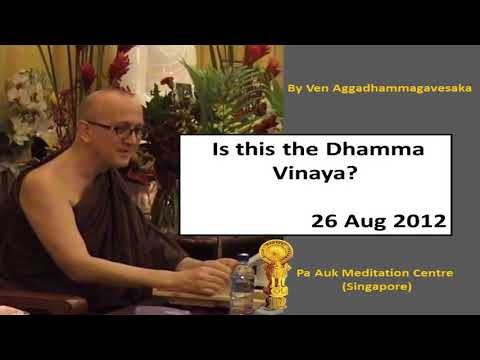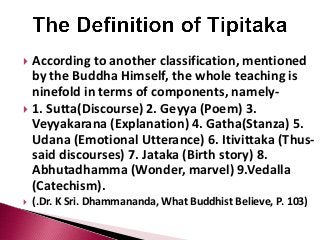Excerpt from the introduction passage of Paṭṭhāna translation:
The Abhidhamma was Expounded Only by the Buddha
In the Preface to the Discourse on Elements, U Thein Nyun gave reasons to prove that the Abhidhamma was expounded by the Buddha. Here other reasons will be given, together with appropriate quotations, in confirmation of this fact.
When the systematic exposition of Patthana, dealt with above, is frankly considered, the only conclusion that will be arrived at, is that this is the province of Omniscience and that no disciple could have attained that knowledge or have the ability to expound it on his own.
The Expositor II[6], p. 519 states this as:
“What is known as Abhidhamma is not the province nor the sphere of a disciple; it is the province, the sphere of the Buddhas (Omniscient Ones)”.
Some are of the opinion that the Abhidhamma was compiled from the Suttas. Again, there are some who are of the opinion that the Abhidhamma was compiled from the Suttas. But this cannot be so.
For the subject matter of the Dhammasangani is not to be found in any of the Suttas. In the case of the Suttanta couplets given there, they were expounded by Sariputta and not by the Buddha.
This is stated in the Expositor I[6], p. 11: “Thence whence arose the other forty-two (Suttanta) couplets? By whom were they laid down and taught? They originated with Sariputta, Generalissimo of the Law, having been laid down and taught by him. But he did not lay them down through his own self-evolved knowledge.
They have been gathered from the EkaNipata and DukaNipata of the Anguttara Nikaya, the Sangiti and Dasuttarasuttantas of the DighaNikaya, in order to help students of the Abhidhamma in their references to the Suttantas”.
The Suttanta Classification of Vibhanga and the Puggalapaññati were expounded for the deliverance of those devas and brahmas who were not intelligent enough to understand the abstruse Abhidhamma.
But the Abhidhamma Classification and Catechism of Vibhanga are not to be found in their completeness in any of the Suttas. Besides, the subjects dealt with in Dhatukatha, Yamaka and Patthana are not to be found in the Suttas. Thus the opinion that the Abhidhamma was compiled from the Suttas does not hold water.
To dispel the views, 1. that the Abhidhamma was not expounded by The Buddha, 2. that it was a later addition, and 3. that it was non-existent during The Buddha’s time.
(1) Some hold the view that the Abhidhamma was not ex-pounded by The Buddha. It is quite true that the Abhidhamma was not expounded by The Buddha in the human world. The reason for this, already explained in the Discourse on Elements, is that the audience would not be able to remain in the same posture during the whole period that the Abhidhamma was expounded, since a discourse is al-ways completed by The Buddha at one sitting. But Sariputta preached Abhidhamma to five hundred bhikkhus, his own pupils, when the method was taught to him by The Buddha.
(2) As for the view that the Abhidhamma was added later, one should ask, “By whom was this done”? If there were any person capable of compiling this profound and abstruse Pitaka, then his name would still be famous today. But because this Pitaka cannot be ascribed to any such person it has been assumed that it came into existence after the Third Council. This, however, is an entirely false view.
(3) The Abhidhamma was in existence during The Buddha’s time. This can be proved from the following passages:
(a) “Not given leave means; without asking (for permission).
Should ask a question means: if, having asked for leave in regard to Suttanta, she asks about Discipline or about Abhidhamma, there is an offence of expiation. If, having asked for leave in regard to Abhidhamma, she asks about Suttanta or about Discipline, there is an offence of expiation”.1 (b) “There is no offence if, not desiring to disparage, he speaks, saying: ‘Look here, do you master suttantas or verses or what is extra to dhamma (i.e. Abhidhamma) and afterwards you will master discipline’; if he is mad, if he is the first wrong-doer”.
These passages clearly show that Abhidhamma was in existence during The Buddha’s time because rules about it were laid down by Him.


